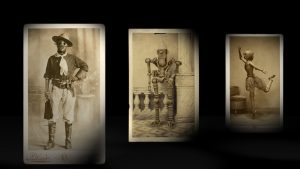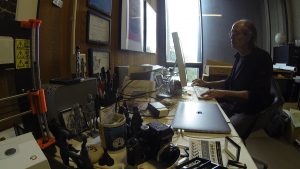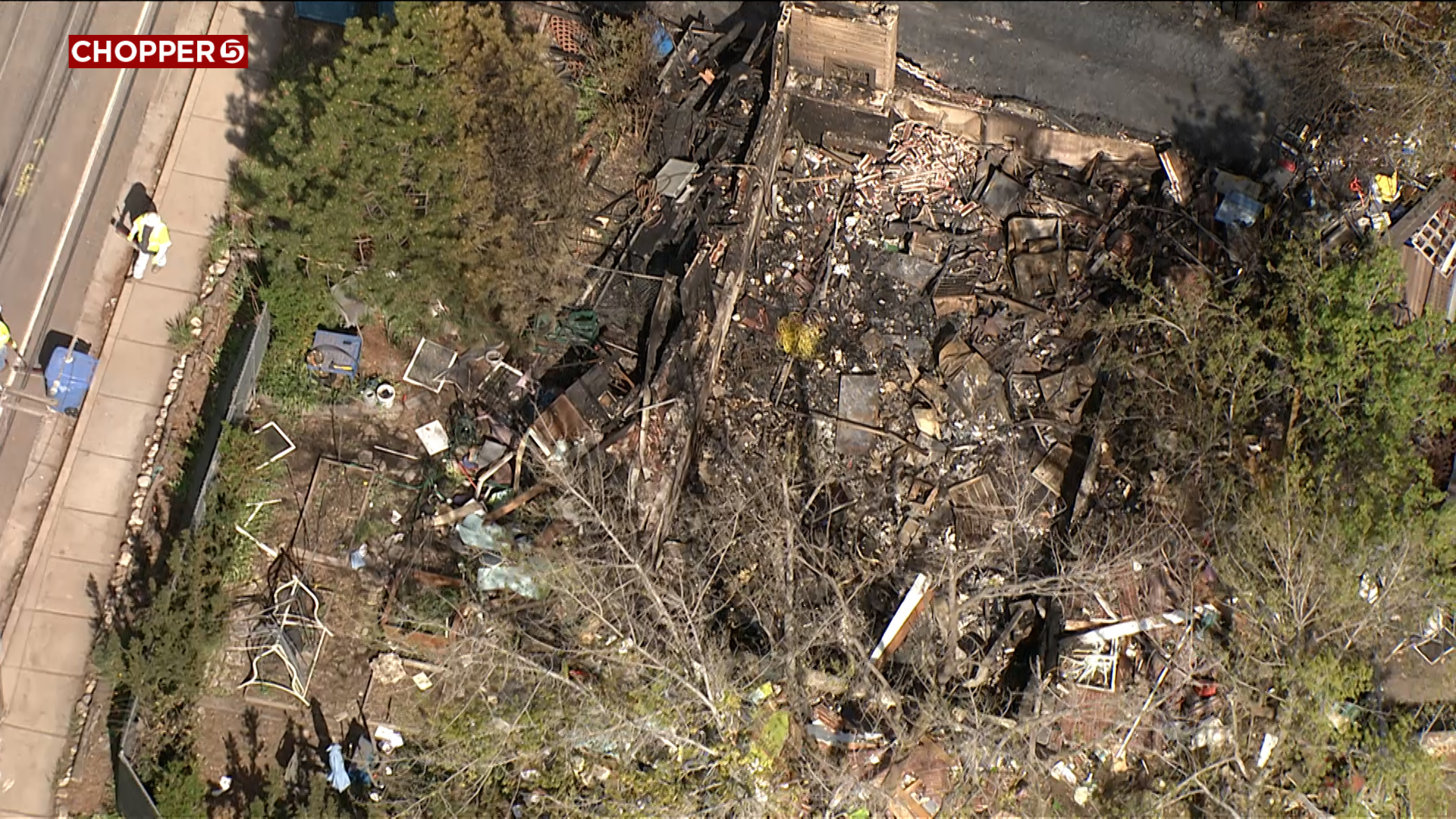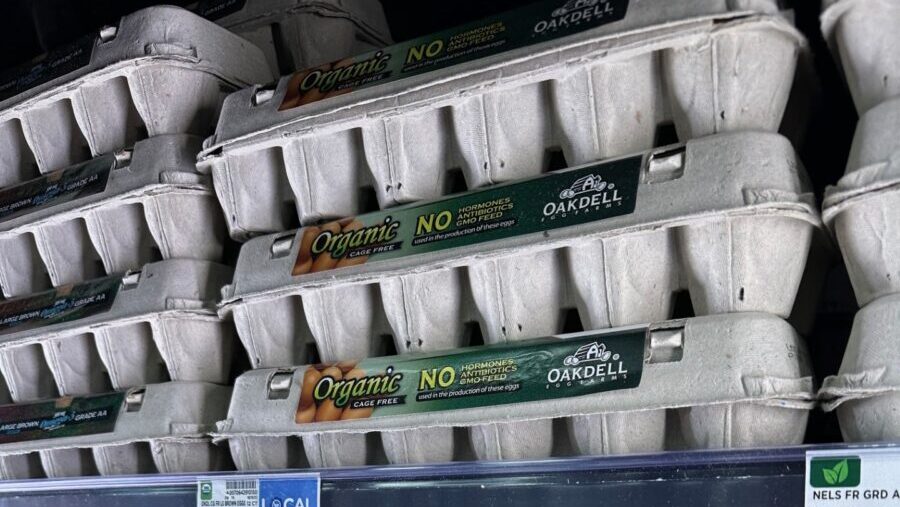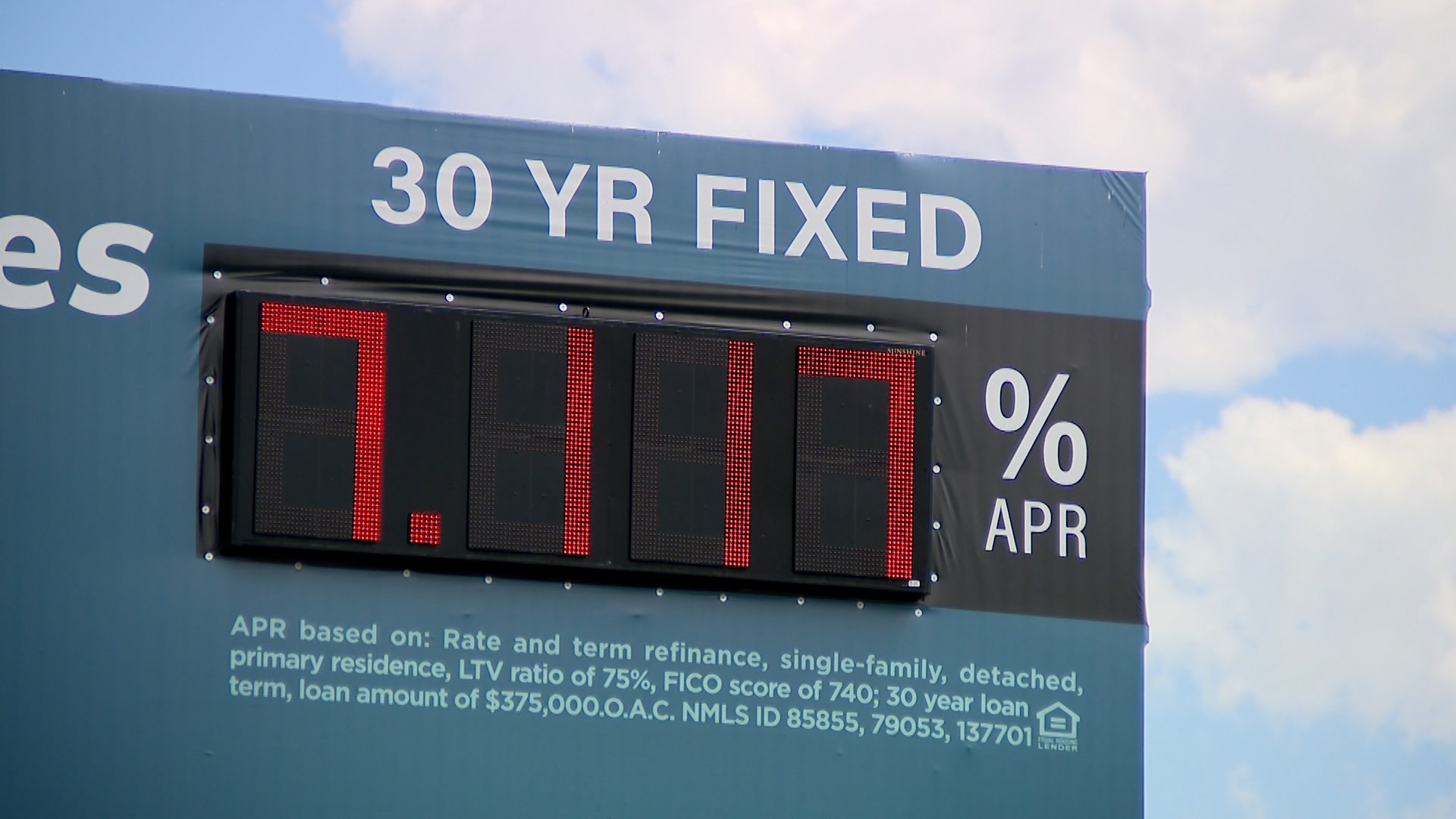Robots In The 1800s: U Of U Professor Stretches Limits Of Photography
Oct 29, 2019, 9:28 PM | Updated: 9:30 pm
SALT LAKE CITY, Utah — The photographs, looking worn and faded, hung on the walls of the Springville Art Museum. At first glance, they appeared to be carte de visite photos, a form of photography that became immensely popular in the mid-to-late 19th century. Ornate branding identified the photographer as E. Bateman.
A closer look at the photos proved looks can be deceiving. These were images of robots inserted in carte de visite poses – robots churning butter, wearing a top hat, wearing a metal ballet outfit.
E. Bateman turned out not to be a 19th-century photographer, but Edward Bateman, a present-day digital artist and University of Utah instructor, who produced the pictures without a camera.
“I’d sometimes I say I’ve worked in the area where computers and cameras collide,” Bateman said.
The images perhaps began to develop when a young Edward Bateman saw photos of UFOs and then made his own UFO photographs.
“That somehow kind of stuck with me, this way of knowing I could make a photograph that would be very believable, that people would think was absolutely true,” he said. “But you could never really know for certain — is this true?”
Later in life, Bateman became an early adopter of Photoshop and then more advanced 3D digital imaging.
“Nobody was quite sure what I was doing,” he said.
Bateman started taking actual carte de visite photos and adding elements from his imagination. The result was a series entitled “Mechanical Brides of the Uncanny” (a reference to philosopher Marshall McLuhan) – carte de visite pictures of a cowboy robot, a young girl with a robot dog, a robot that looks like it stepped out of a Hieronymus Bosch painting.
“If you think about it, every photograph is about the past,” Bateman said. “But how can you make a photograph about the future, or from the future?”
“Science Rends the Veil” looked at Bateman’s imagined technology behind 19th-century spirit photography, actual attempts to capture images of ghosts or, at least, make people think that’s what the photographer was doing.
“All the Times We Did not Know” includes a 150-year-old 3D printer.
“I want what I want people to get lost in this world of my creation, to not just sort of think of it as tricks done in the computer or something I want people to imagine a different world and a different time,” he said.
“Artists have worked for millennia in the territory of the unseen and unverifiable,” Bateman wrote. “For me, exploring that place of uncertainty leaves the doorway to possibility open just enough for imagination to leak through.”
Edward Bateman’s work has been shown from the Museum of Modern Art to galleries around the world. There are upcoming shows in Illinois and Cambodia.
He has work (without robots or ghosts) currently on display at the Utah Museum of Fine Arts, and soon you’ll be able to see a robot ballerina on the side of a building next to the Eccles Theater.

